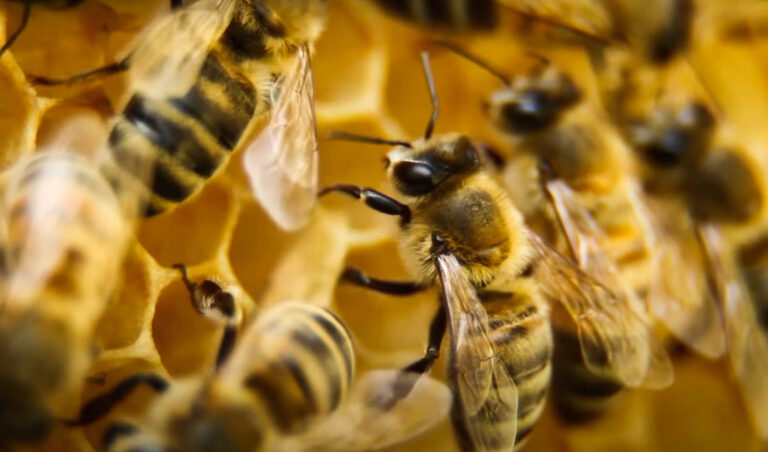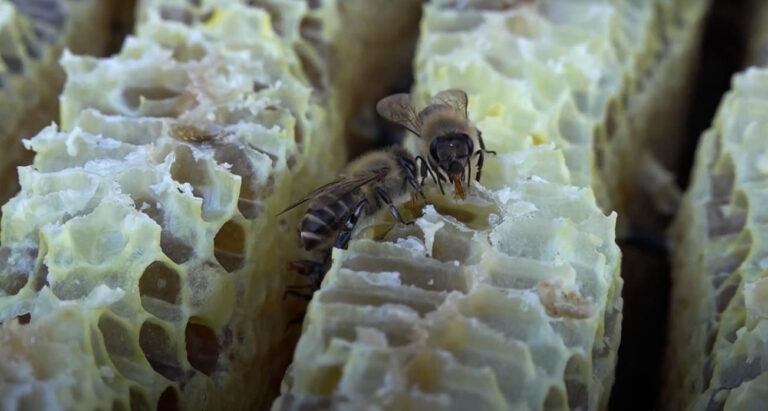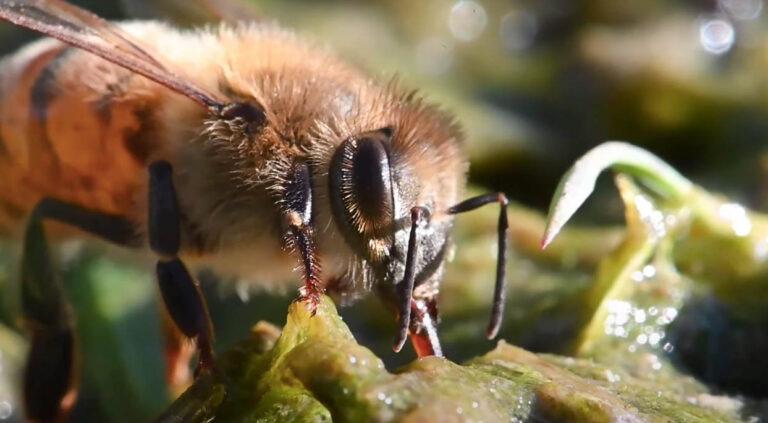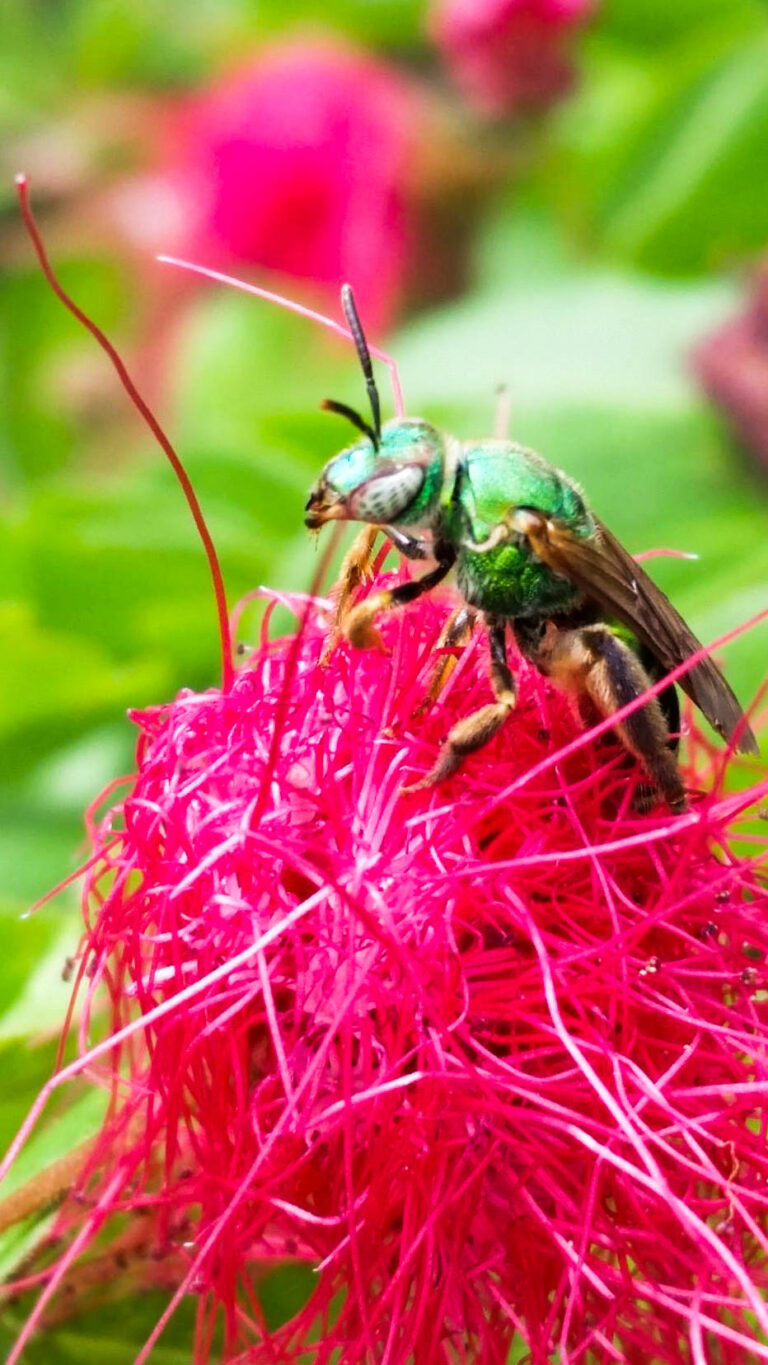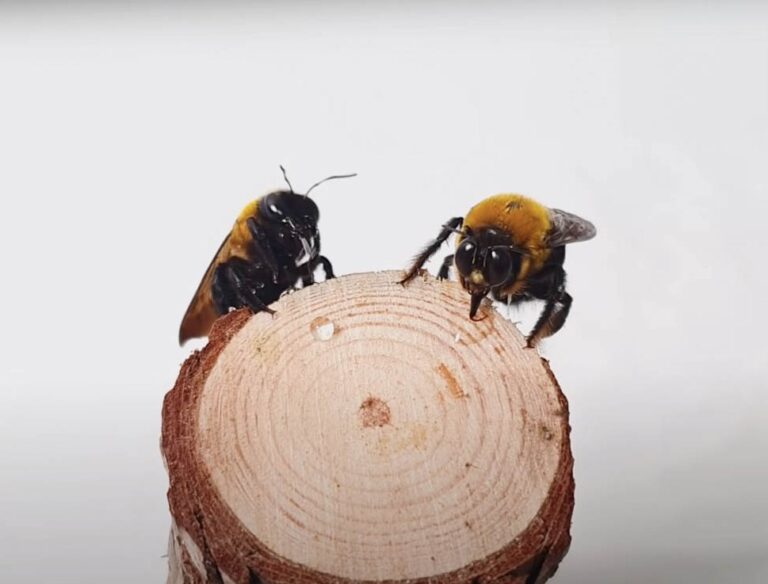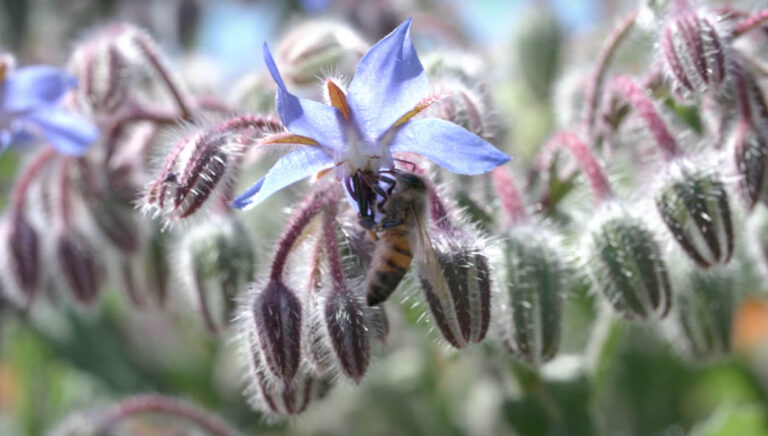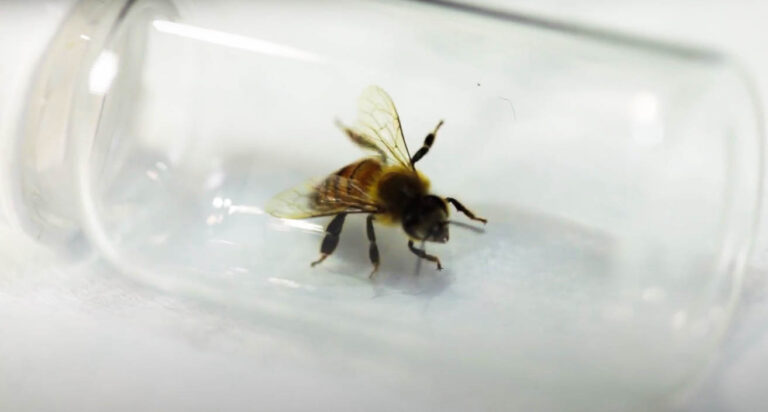About Japanese Honey Bees
About Japanese Honey Bees
Japanese honey bees are native of Japan, with a widespread distribution. They are known for their pollination abilities, although they are also honey producers.
Appearance
The average length of Japanese honey bees is similar to that of the European honey bees. The worker bees have an average length of half an inch. As in other types of bees, the queens are larger than the workers and drones. The physical features of Japanese honey bees differ according to the class of the caste they belong to. Just like European honey bees, Japanese honey bees have bands. However, the bands of Japanese honey bees are more distinct than that of their European counterparts. The worker Japanese honey bees have four bands, while the European counterparts have three bands.
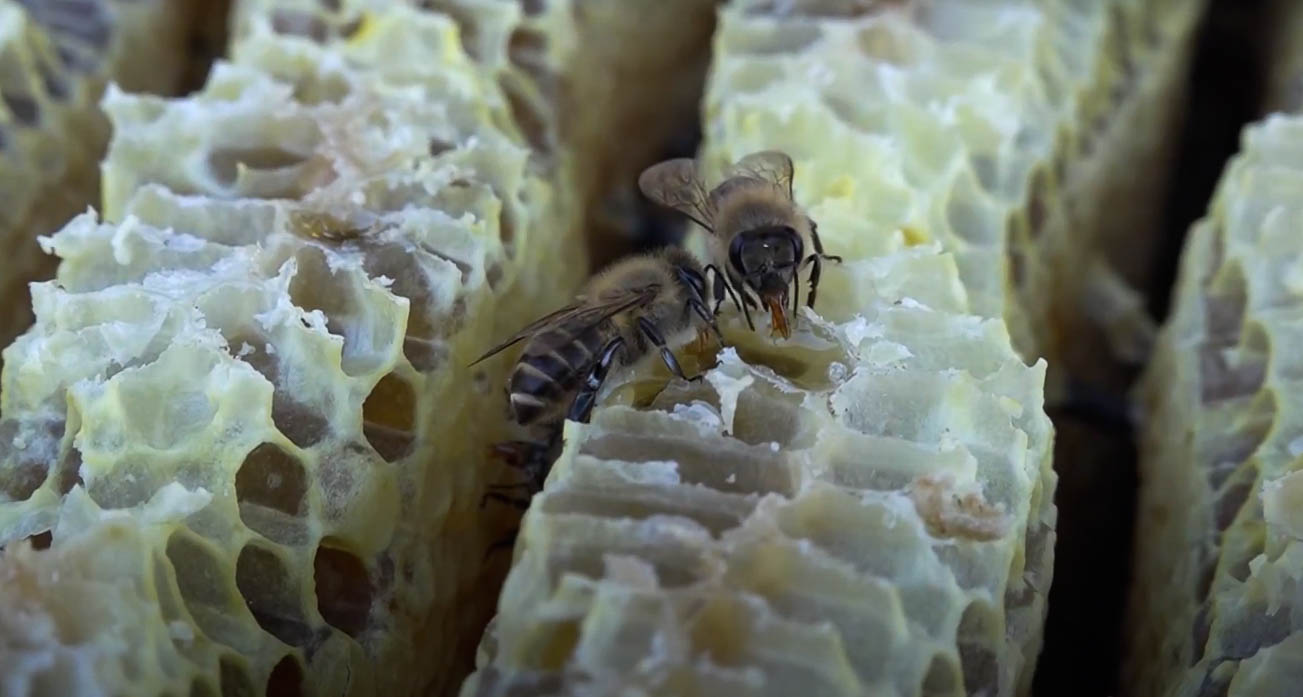
The queen is both larger and darker than the workers. The drones of Japanese honey bees do not have stingers. They, however, have pollen baskets located at their third set of legs.
Behavior
Japanese honey bees exhibit a unique behavior, as part of their defensive strategies. They practice bee balling, a behavior that they use to protect themselves from predators. With bee balling, large numbers of bees surround the predator and produce heat. The heat rises to a lethal extent for the predator. However, this heat has little to no effect on the bees themselves.
The temperature the bees produce from balling can rise up to 117 degrees Fahrenheit. They especially practice bee balling against the Japanese giant hornet. They produce heat by vibrating their flight muscles. Japanese honey bees have a diet that includes honey, pollen, nectar, and royal jelly. Royal jelly is a major part of the diet of the larval queens as well as the adult queens. The workers mostly feed on nectar and pollen. Generally, honey is a major part of the diet of Japanese honey bees.
These bees are excellent pollinators. Their excellent pollinating abilities are linked to the fact that they forage within a small distance. The bees typically get pollen and nectar from an established small area. With such a foraging pattern, they can easily transfer pollen between plants in the area and cause pollination. The more time insects spend in an area, the higher the tendency of pollination. This is what happens with the Japanese honey bees and makes them great pollinators.
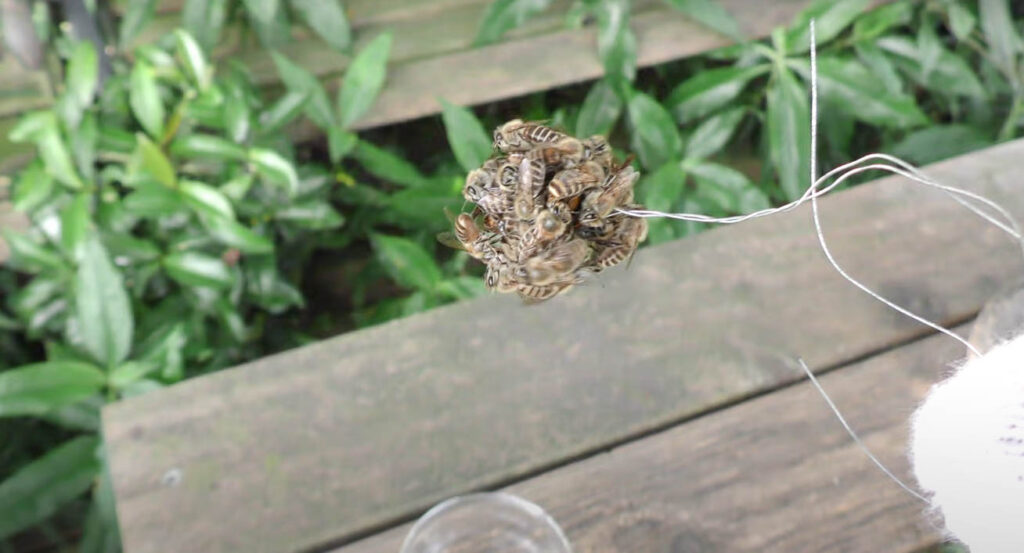
The bees also spend much more time foraging. They forage for longer periods during the day than their counterparts such as the European honey bees. It is noteworthy that the bees are more resistant to lower temperatures. They can forage at temperatures below 50 degrees Fahrenheit. They exhibit swarming behavior where a part of an existing colony leaves to start a new colony. The colonies of the Japanese honey bees have an average of 34,000 insects. Their colonies are typically smaller than that of the European honey bees. Although they are honey producers, the Japanese honey bees do not produce as much honey as other honey bees.
Life Cycle
The bees develop from the egg to the larval, pupa, and finally the adult stage. The development of Japanese honey bees starts when the queen lays eggs after mating. The queen usually lays an egg in each of the brooding cells of the hive. After two to four days, the eggs develop into the larval form. From the larval form, they develop into pupae and then to adults. The fully developed adult bee breaks out of its cocoon and begins its life.
Each colony usually has one queen. The queen could be replaced for multiple reasons. When a queen replacement is necessary, the young virgin queens fight for the opportunity to become the queen, and the losers are killed.
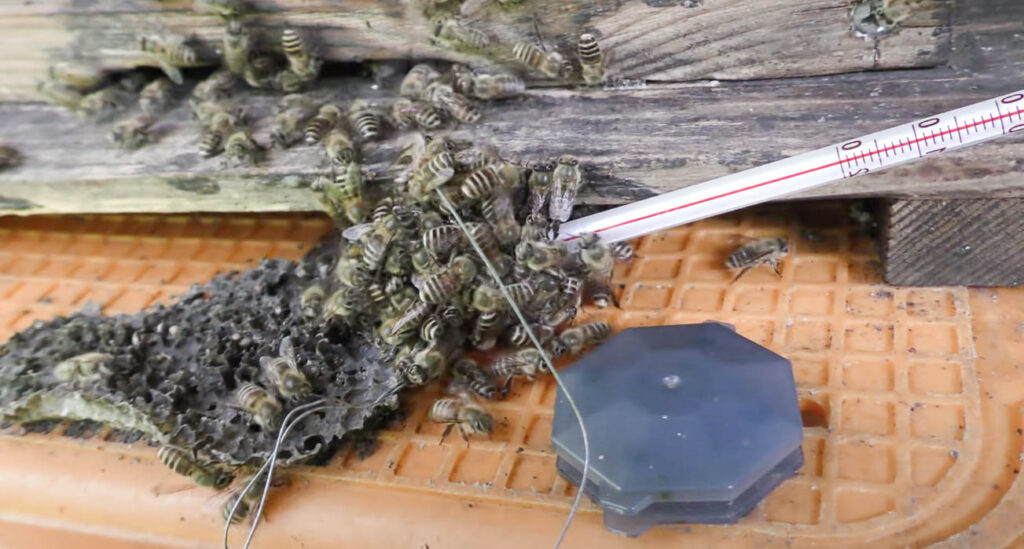
Habitat
Japanese honey bees are natives of Japan. They have established distribution in different areas, including the different US states. They are one of the subspecies of the Asian bees. The bees make their homes out of cavernous areas such as hollow trees.

